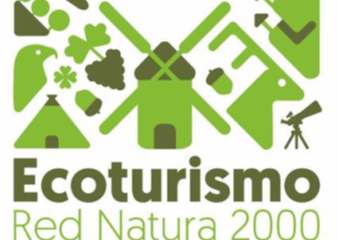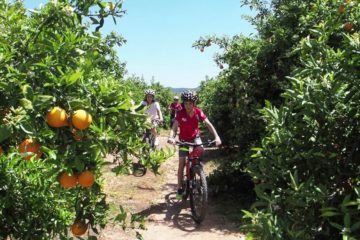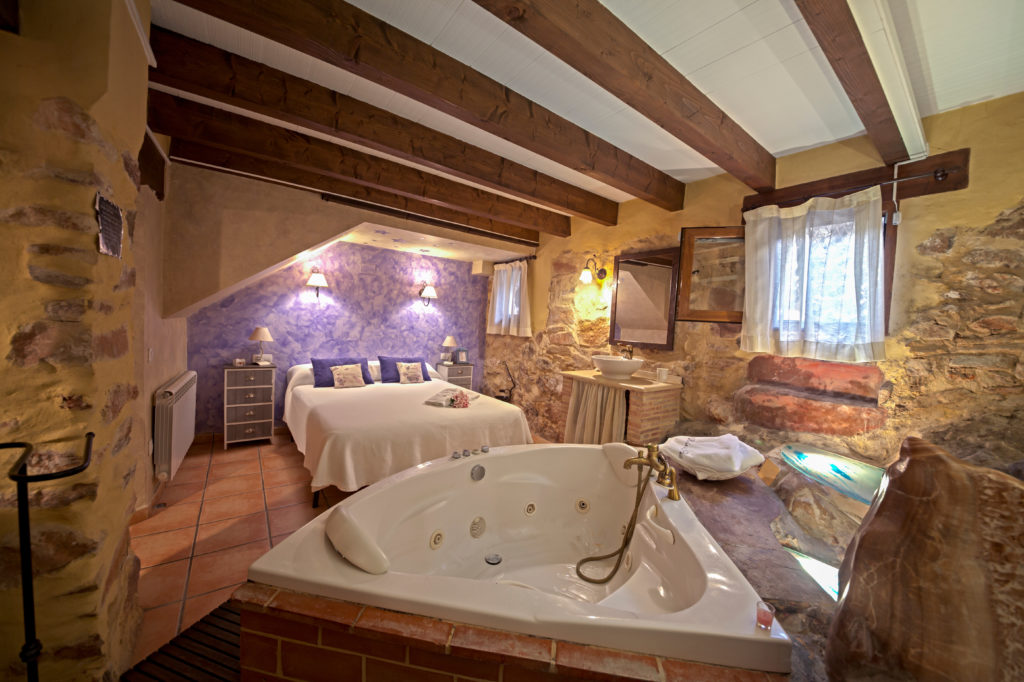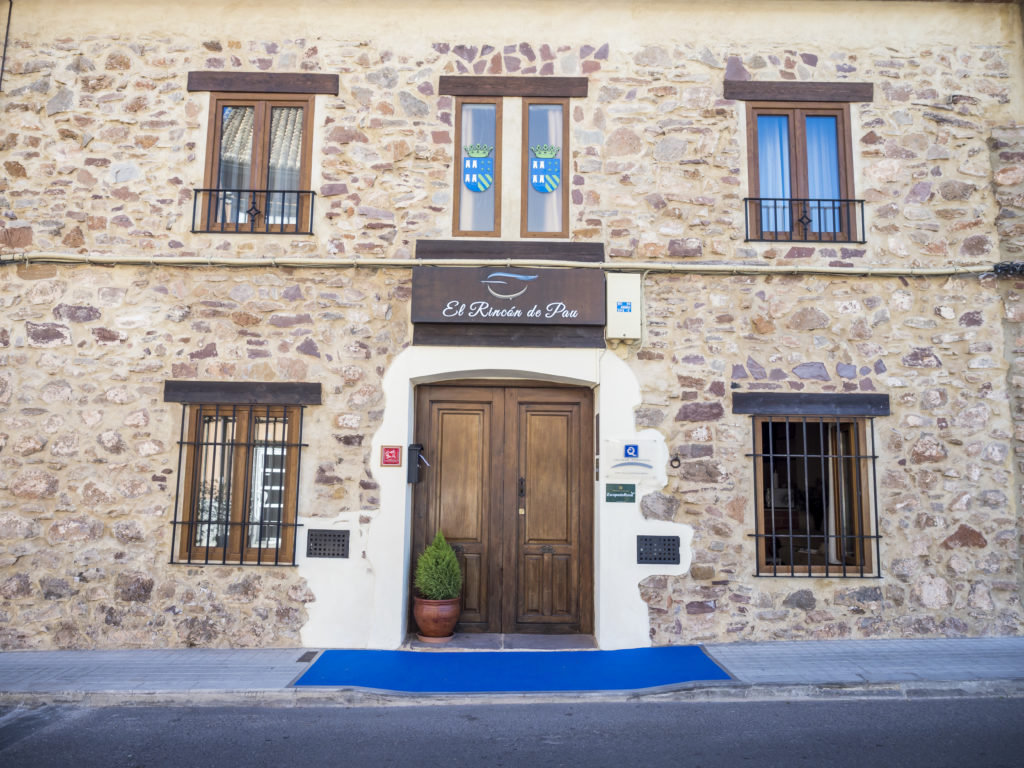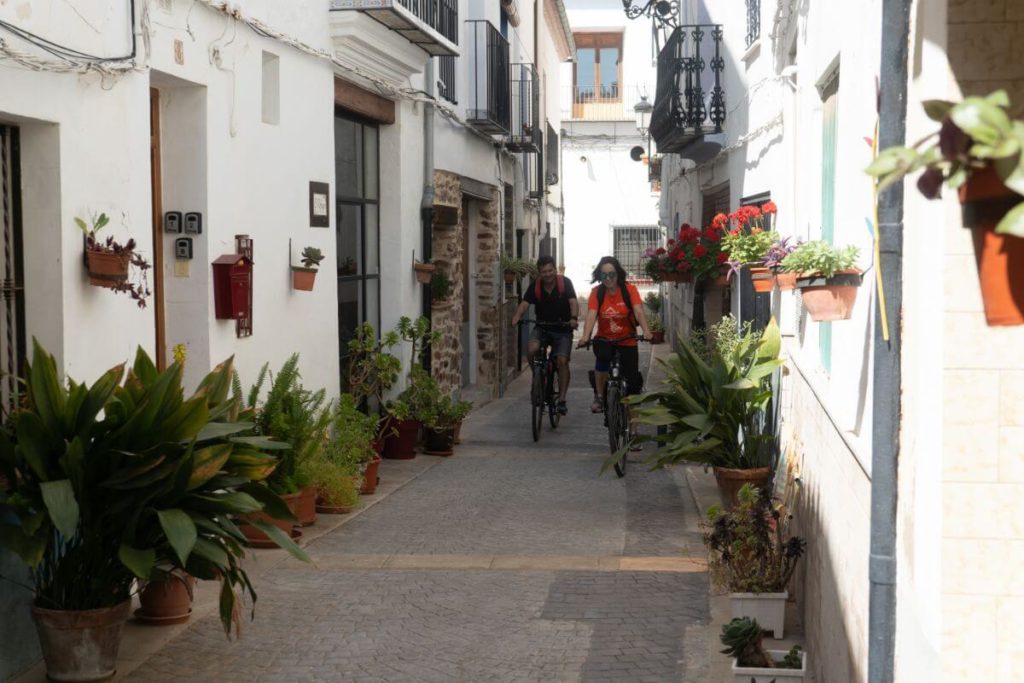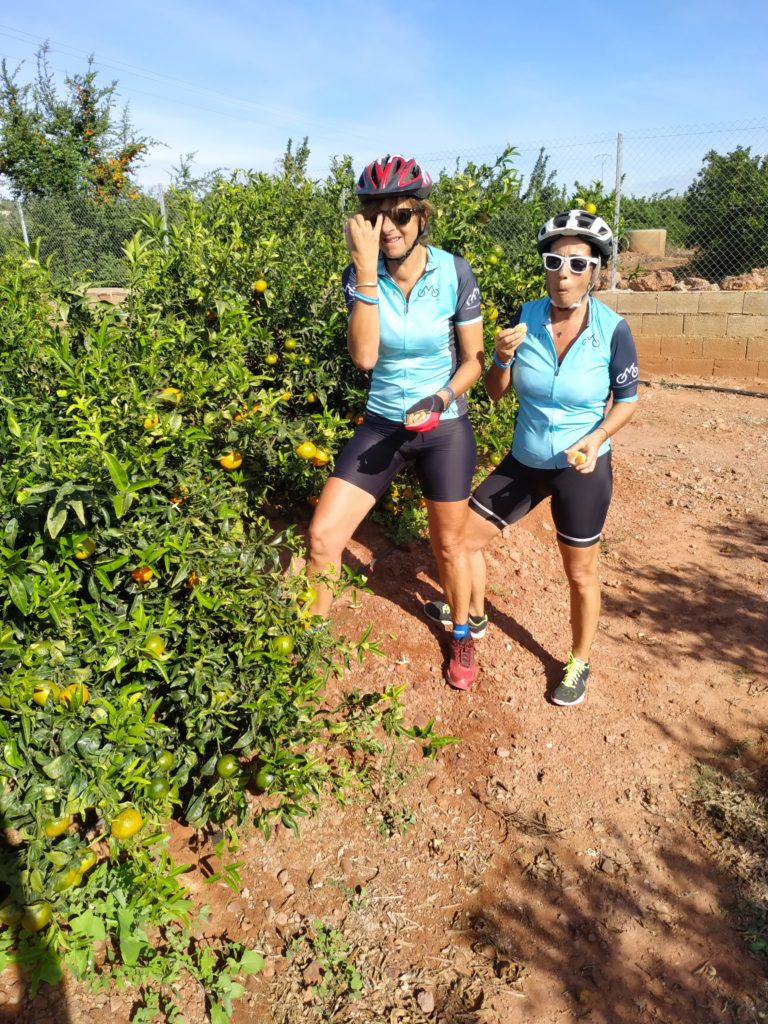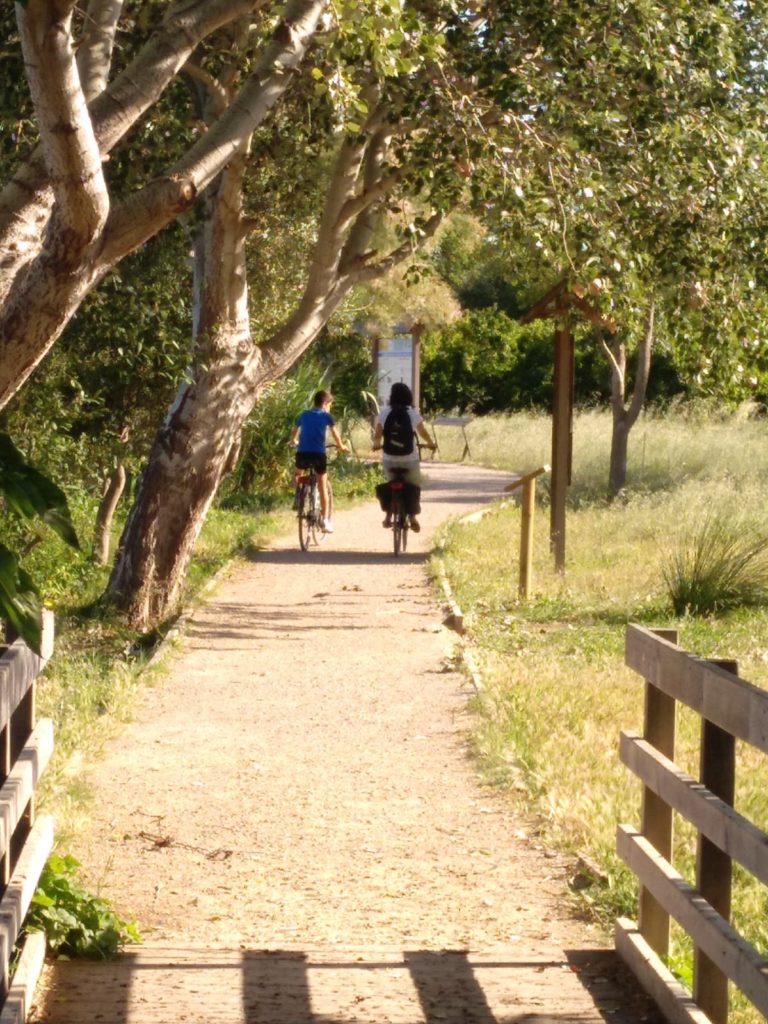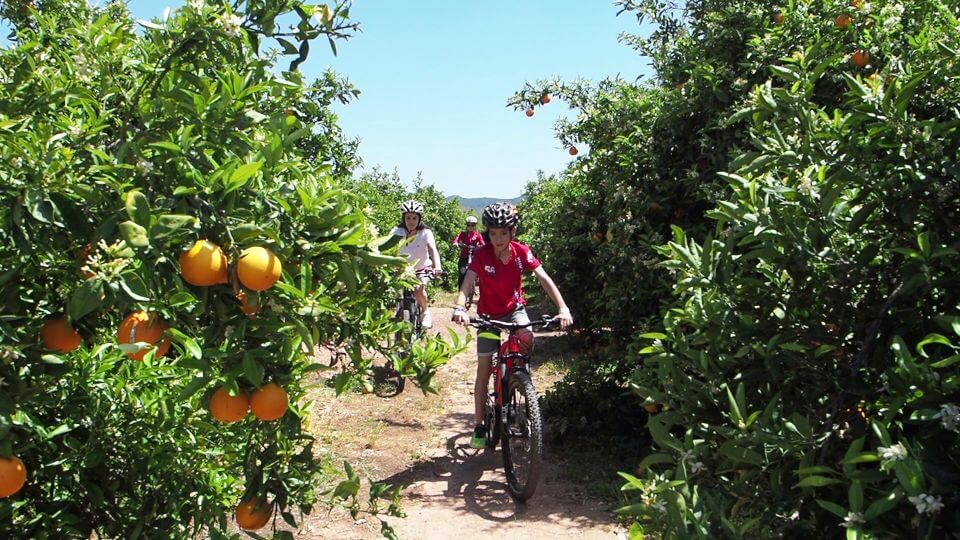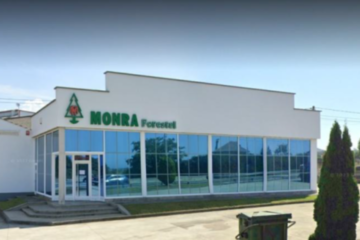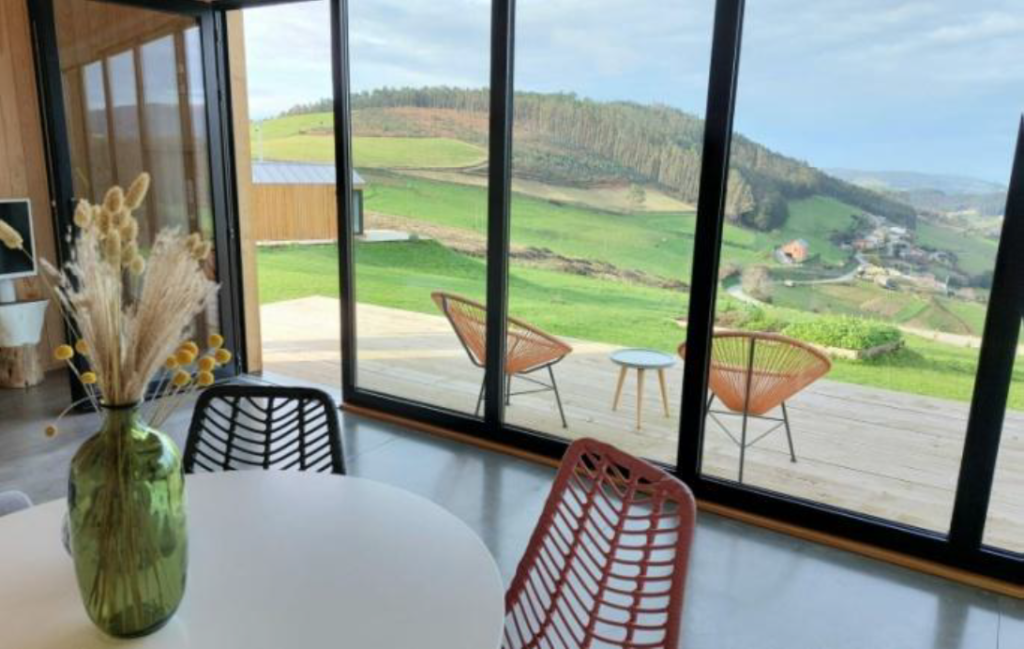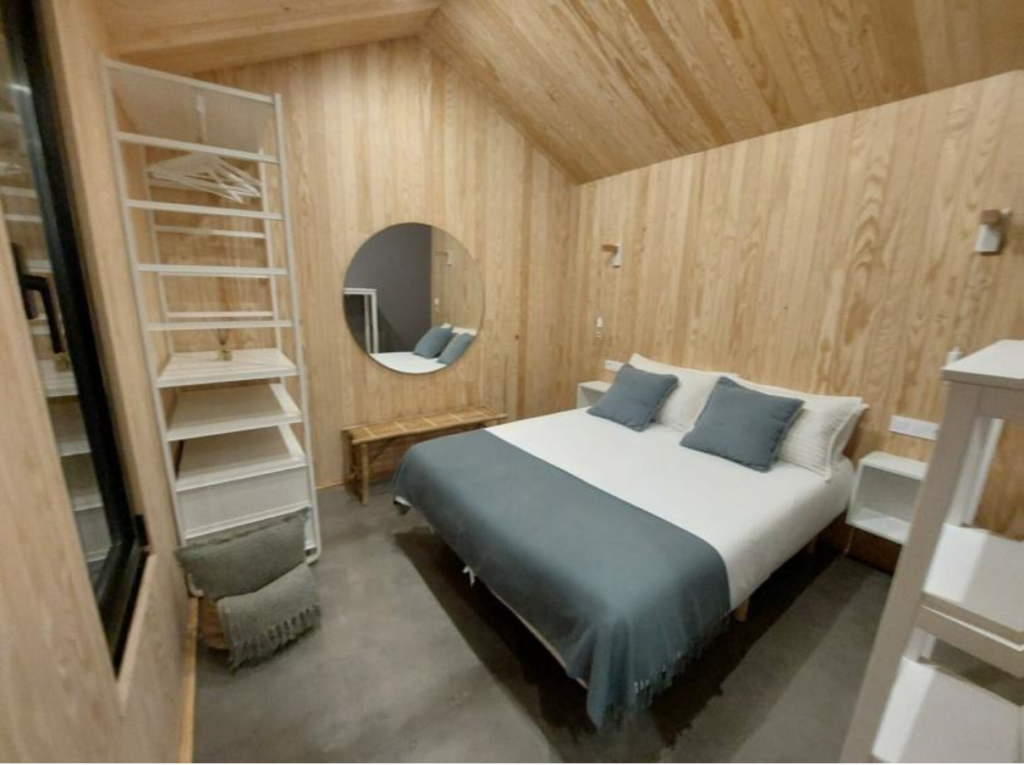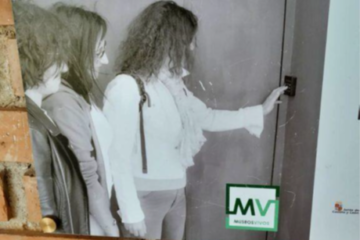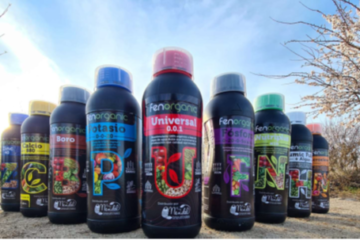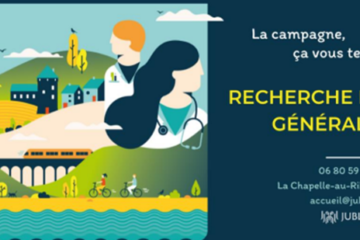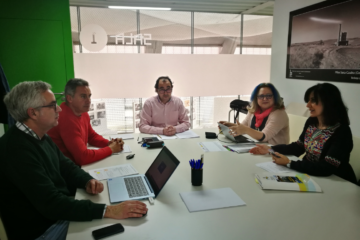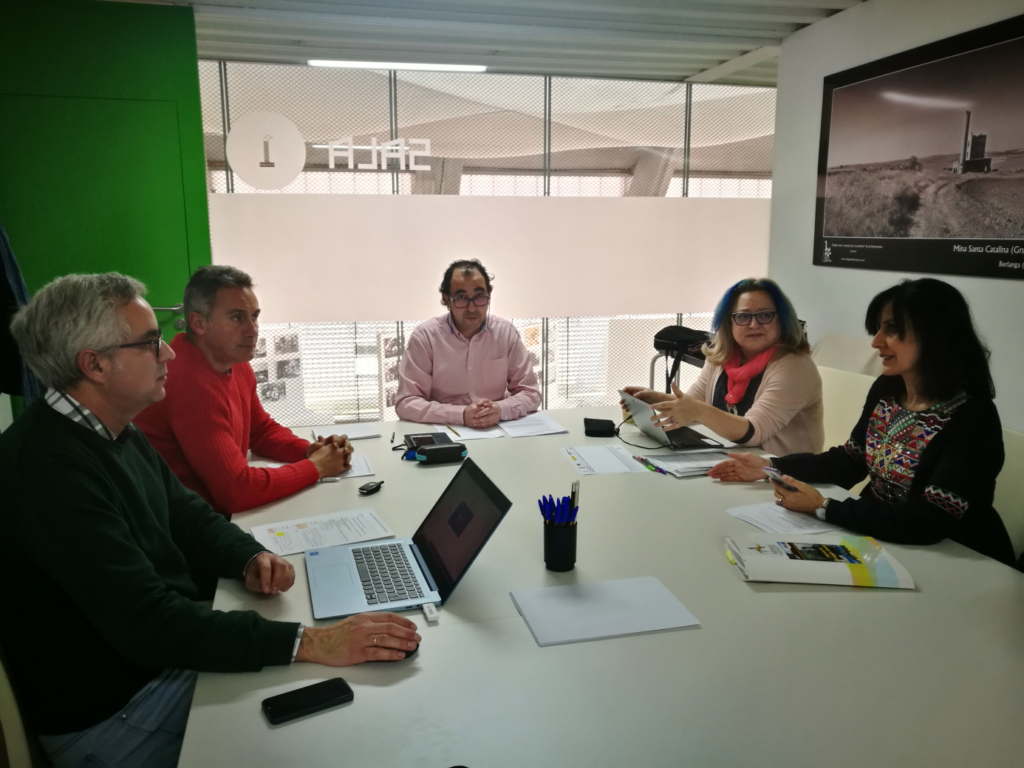Netherland
Summary
The aim of the project was to create a reciprocal transfer between farmer and citizen; making farmers and citizens more aware of each other and a establish a transfer of opinions and interests that encourage both parties to rethink and change behaviour.
Various activities were organized during the project in which a realistic picture of the current Zeeland agricultural sector was provided, and farmers and citizens discussed agricultural products, the growing of the products and social issues regarding the theme of ‘future-proofing the agricultural sector’. During the implementation of the project, the emphasis was on the younger generation, the future generation that will have to bring about changes, so the educational sector was also extensively involved in the project. Students from secondary vocational education centres were offered educational activities, either in the form of ready-made lessons given by their own teacher or by a farmer as a guest teacher. In addition, teaching chests were made for scholars from secondary and intermediate vocational education,
Website: www.zeeuwsekringloop.nl.
Presentation
Project location
The provincie of Zeeland
Elements of context (need for action / problem)
The agricultural sector is an important sector in Zeeland, with a major influence on the Zeeland landscape and a major contribution to the Zeeland economy. Despite the fact that there are many agricultural activities in Zeeland and the landscape is not reclaimed, citizens are unfamiliar with this sector.
The ‘Zeeuwse Kringloop’ project was created through a collaboration between various parties. The Zeeland Agricultural Youth Contact, Zeeuws Land & Viscollectief and Scalda have joined forces to overcome the gap between farmer and citizen. The aim is to make farmers and citizens more aware of each other. During the project, the emphasis is on the young generation if they want to bring about change in the future.
Objectives
The impact of the project is that a transferable methodology has been developed that form a broadening and deepening of the current Green Education curriculum. It furthermore reduces the boundaries between citizens and farmers, which can lead to more understanding, but also to more students choosing a career in the agricultural sector.
Actual or expected outputs
- Teaching materials
- Interactive teaching material has been developed from the Zeeuwse Kringloop project that can be used, in the subjects of citizenship and career orientation. The lessons have been developed for secondary eduction / secondary scientific education and secondary education.
- All secondary schools in Zeeland will receive a teaching box with teaching materials about the agricultural sector. This box is full of fun games for students. All games are interactive and of course very educational.
- Guest lessons
From the Zeeuwse Kringloop project, various farmers give interactive guest lessons during the citizenship and LOB subjects. In these guest lessons, the entrepreneurs explain who they are and what they do at their company. They also tell all kinds of fun facts about the sector and talk to the pupils/students in an interactive way. The aim of this guest lesson is to get students to think for themselves where their food comes from and what choices they make. 50 guest lessons have now been given.
- Excursions
Various agricultural entrepreneurs in the province of Zeeland open their doors for school classes. During an excursion, students can really experience farm life.
- Events
Varios activities have been organized such as :
- Cooking workshops
- Workshop ‘you can learn to communicate’
- Dinner and lunch at the farmer’s house
- National outdoor learning day
- Farm boot camp
- Interactive performance ‘relationship between city and countryside’
- Farmers talk to citizens at a local market
- the role of LEADER in the project (funding, support, networking, etc.)
During the intake interview, the LAG adviced about the content of the project and pointed out possible partners and projects with wich a link could be made. Without LEADER recources it would not have been possible to realize this project.
The emblematic character of the project
The innovation largely lies in the way of communicating. Communication often takes place by social media or by placing signs and is one-sided. Through mutual communication, conscious choices can be made by both farmers and citizens. In addition, the partnerships that have emerged are innovative.
The theme of ‘living agriculture’ is strongly reflected in this project. This project strengthens the social position of agriculture. Farmers and citizens discuss the current and future-proof agricultural sector, which strengthens the connection between society and the agricultural entrepreneur. There is room for each other’s opinions on discussion papers/issues within the theme ‘future-proof agricultural sector’. Various new partnerships are being established within the project. The partners involved in the project are part of the new partnerships, through the implementation of the project new and deepening partnerships are being created. During the implementation of the project, farmers organize activities on the farm and with their products that they would not normally organize. These activities may lead to a new revenue model for the farmer. A revenue model that focuses on contact between farmer and citizen. If some farmers seek more contact with citizens, this will have added value for the entire agricultural sector.
The problems in the province of Zeeland are not specific to this region. The objective of the project can also be achieved in other parts of the Netherlands and possibly even beyond. The activities and workshops set up for the project can also be deployed in other areas. Depending on the area, possible with other agricultural products. The partners are open to sharing knowledge about the project, to promote transferability. The portability of the teaching material is also great. Teaching materials are put online for teachers. Teachers who teach outside the province of Zeeland can also use this.
Pictures



Website: www.zeeuwsekringloop.nl

